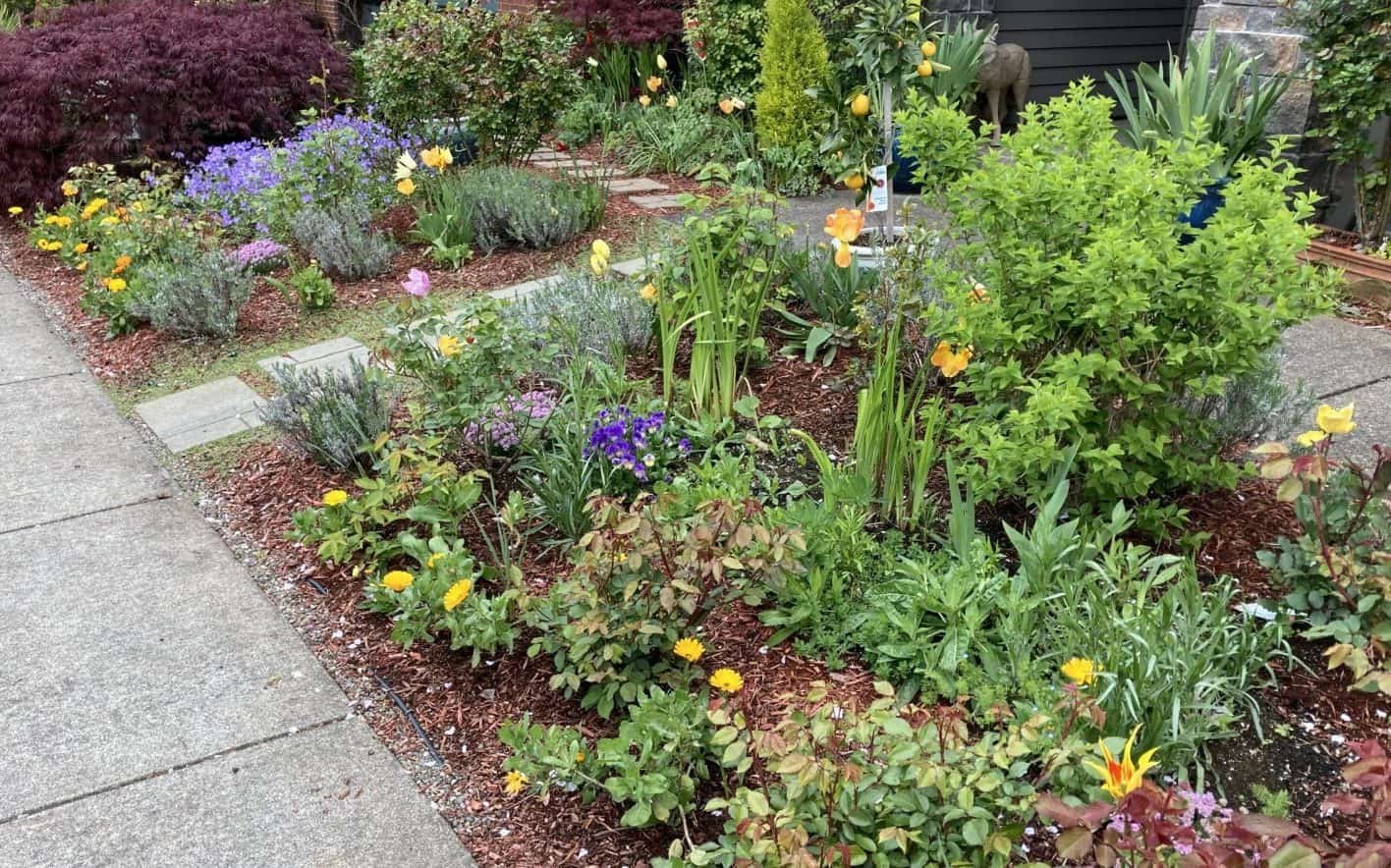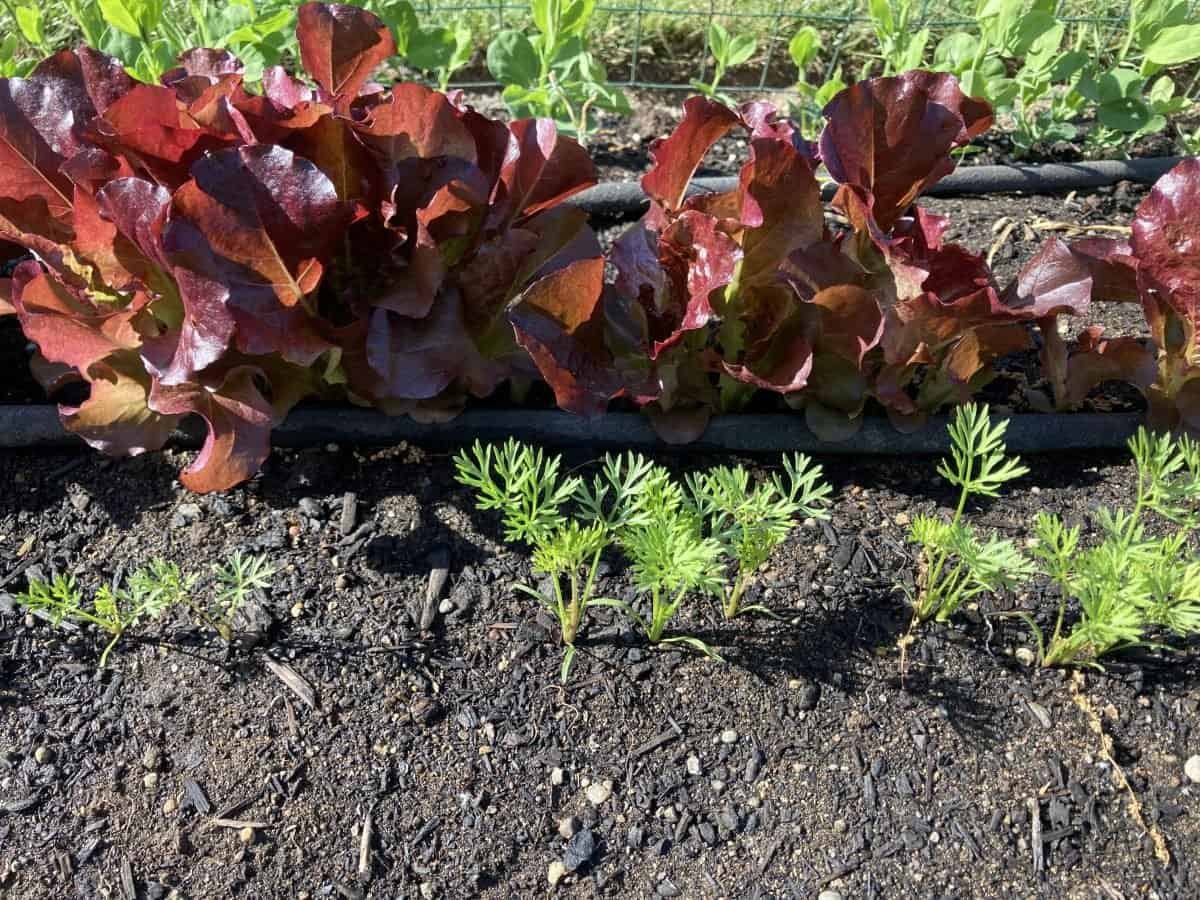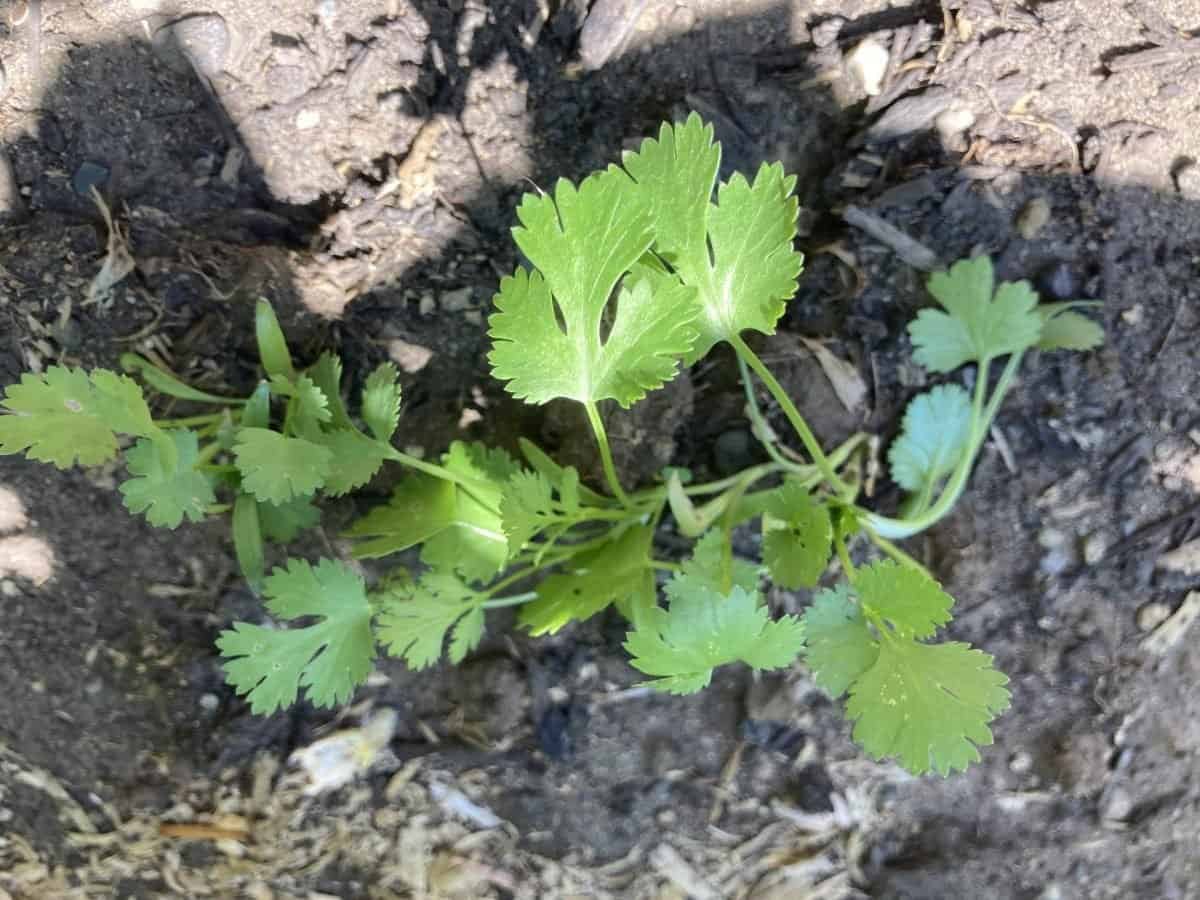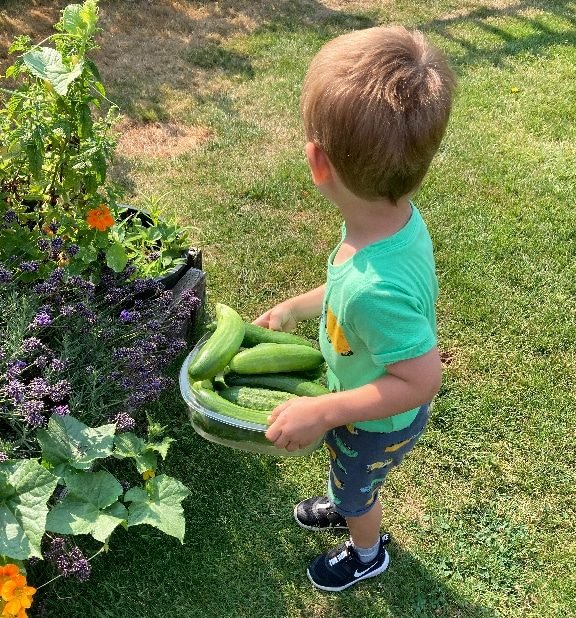I thought it would be good to write an article on the importance on How to Build your Diversified Year-Round Garden.
A garden is similar to an investment portfolio diversifying your investment portfolio is critical to having a successful portfolio. Diversifying your garden whether it is vegetables, plants or flowers is just as important if you want a successful and beautiful year-round garden.
Having several varieties and types of vegetables and flowers will not only produce more healthy plants but will also help to control weeds and pests that harm your garden.
One of the technics I mentioned many times in other articles is the importance of planting companion plants. This can improve the production of a better-tasting vegetable, and it will add to the visual appeal of the garden.

Mixing your plant varieties/companion planting can also improve the nutrients in the soil to benefit the plants you are growing.
Growing vegetables, herbs, fruiting plants, flowers, and plants together will provide you with a garden that will satisfy your sense of smell, visual appeal, and the benefits of a great harvest for you and your family
How to Build your Diversified Year-Round Garden using Vegetables
If you are a first-time gardener it is important to not just plant one variety of let’s say tomatoes since that variety may have issues with pests, diseases, or growing conditions. By planting several varieties of a particular vegetable you can reduce the chance of problems and increase your harvest.
When you plant different varieties of a particular vegetable, you get the benefit of different flavors, sizes, shapes, and colors that may become your new favorite. Do not be hesitant to mix up your selections you will be very happy you did.
Companion plants with vegetables will reduce pest damage since some companions can help to prevent pests from harming your other vegetable plants.
They can also enhance the soil nutrients to improve the production and flavor of the partner vegetable. Basil planted next to tomatoes improves the flavor of the tomatoes.
Beans improve the soil with bacteria, which form nodules on their roots that are deposited into the soil and absorbed by other plants.
Flowers mixed in with your vegetables not only are beneficial to your vegetable garden but also add texture, and fragrance which attracts pollinators to your garden to give you more fruit and vegetables.
Be sure to diversify your garden with all types of plants.
How to Build your Diversified Year-Round Garden using Flowers
This is a great example of a garden bed that has a diversified blend of plants, bulbs, trees and evergreen shrubs that make this a beautiful year-round garden.

I recommend you consider planting plants and flowers that can brighten up your yard throughout the year. By that I mean you should plant bulbs and plants that flower starting in the winter and spring and when those dieback plant others that will fill that void, so that your garden is full of color year-round.
The ultimate garden bed is one that has all of these plus vegetables and herbs planted in it to give you the most diversified garden. You will see in the top center of the garden they have an orange tree in a planter. Great idea to diversify this garden.
Winter
Sarcacoca and daphne are great fragrant plants for winter color with crocus bulbs mixed in and around them adding some much-needed color for a winter garden.
Spring
Daffodils, tulips, iris, peonies, and forget-me-nots as your spring go-to plants and flowers. For greenery in spring that will turn to an abundance of flowers for late spring and early summer are Daylilies.
Summer
Summertime is great because you can have early bloomers and late bloomers that can be mixed together to keep your yard looking great all year.
Daylilies, Zinnias, Hydrangeas, Marigolds, Dahlia’s, Sea Holly, Sunflowers, Salvia, and Roses are just a few that I would recommend. Many of these will continue to give you great colors into the Fall and early Winter.
There are so many to consider so enjoy the hunt for what colors textures and fragrances you enjoy.
Fall
Chrysanthemums, Asters, Dianthus, and Celosia are great to add a late burst of color to enjoy from Fall to early winter.
Mix in for year-round impact.
Do not forget to plant evergreen shrubs to add texture and color that will stay year-round to give your garden the full impact.
Gardenia is great for color and fragrance. Mirror bushes in warmer climates add great texture and color. Rhododendrons and azaleas, dwarf mugo pines, and smaller cedars add great texture and needles of green and blue to your landscape.
These are just a few that will add to your year-round garden.
When you are laying out your garden beds think about the year-round appearance so that your garden changes as the seasons change.
Also, think about the depth and height that you want from different angles as you approach your garden bed.
Think color, fragrance, texture, height, variety, and seasonal impact as you design your garden.
Lastly, have fun, and do not hesitate to change the garden beds if you do not like the impact from one year to the next.
Enjoy the process of building a year-round garden!!!
Send me pictures and descriptions of your year-round diversified garden so that I can share it with others. When I see other gardens that have great examples I will photograph them and share them with all of you to view.
Now that you have some ideas on How to Build your Diversified Year-Round Garden using flowers and vegetables you need to get started building your own year-round garden.




